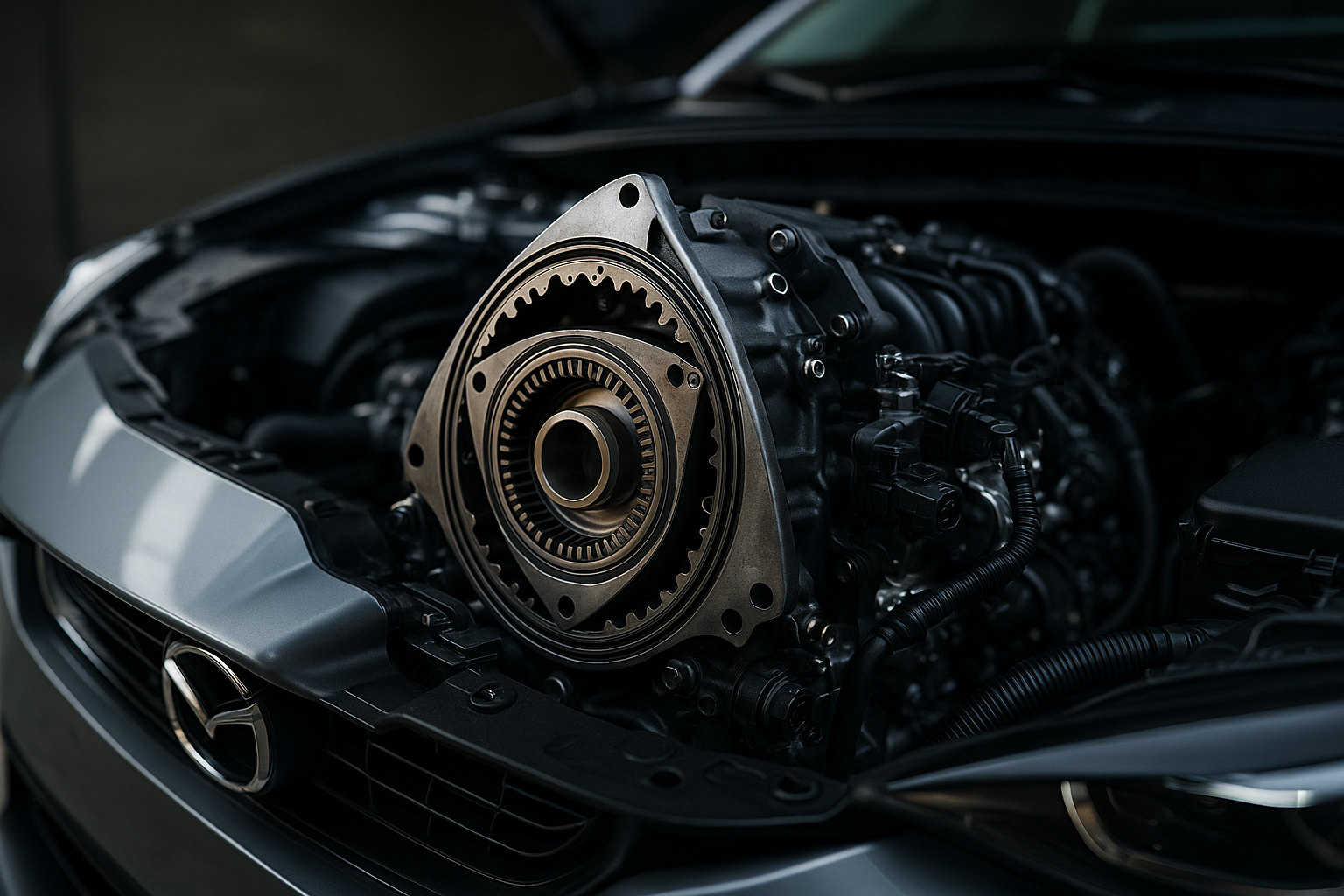The Resurgence of Rotary Engines: A Twist in Automotive Engineering
In the tapestry of automotive engineering, certain threads stand out, adding intrigue and innovation. One such thread is the rotary engine, a design that has experienced its fair share of highs and lows. This article delves into the fascinating world of rotary engines, their history, current trends, and the potential impact on the future of automobiles.

The Genesis of Rotary Engines
Rotary engines, or Wankel engines named after their inventor Felix Wankel, first piqued interest in the mid-20th century. Unlike conventional piston engines, these utilize a rotor for converting pressure into a rotating motion. This design promised smoother operation, higher power-to-weight ratio, and fewer moving parts, which translated into less wear and tear.
Unfortunately, the early models were plagued with issues. They were notorious for poor fuel efficiency and high emissions, and the apex seals (sealing points between the rotor and housing) wore out quickly. These setbacks resulted in a decline in their popularity, with most manufacturers shifting their focus to traditional piston engines.
Rotary Engines in the Modern Era
Despite the setbacks, rotary engines never completely disappeared. Some manufacturers, notably Mazda, remained committed to this technology. The Mazda RX-7 and RX-8, powered by rotary engines, have garnered a cult following among car enthusiasts for their unique performance characteristics and distinct sound.
In recent years, there’s been a resurgence in interest in rotary engines. The reason? They are ideally suited to serve as range extenders in electric vehicles. The compact size, lightweight, and smooth operation make them perfect for generating electricity on the go.
The Impact of Rotary Engines
The pros and cons of rotary engines are well-documented, but their potential impact is still unfolding. As a range extender for electric vehicles, they could help to bridge the gap between traditional internal combustion engines and full electric power. This could help to alleviate range anxiety, one of the biggest hurdles to widespread electric vehicle adoption.
But they are not without their challenges. The very issues that plagued the early models - fuel efficiency and emissions - need to be addressed. Advances in materials and design have improved the lifespan of apex seals, but more work is needed to ensure they can withstand the demands of a modern engine.
The Future of Rotary Engines
Despite these challenges, the future for rotary engines looks bright. Advances in technology and materials science have the potential to address their inherent drawbacks. They may not replace piston engines in the mainstream, but they could find their niche in the rapidly evolving automotive landscape.
Rotary engines offer a unique blend of smooth operation, compact size, and high power-to-weight ratio that could make them an ideal solution for specific applications. As the automotive world continues to evolve, the rotary engine may just find its place in the spotlight once again.
In conclusion, the journey of the rotary engine is a testament to the spirit of innovation and resilience in the automotive world. It’s a story of a concept that, despite its setbacks, refuses to fade away and continues to find relevance in an ever-changing landscape.
Resurgence? Indeed, the rotary engine’s song is far from sung.




